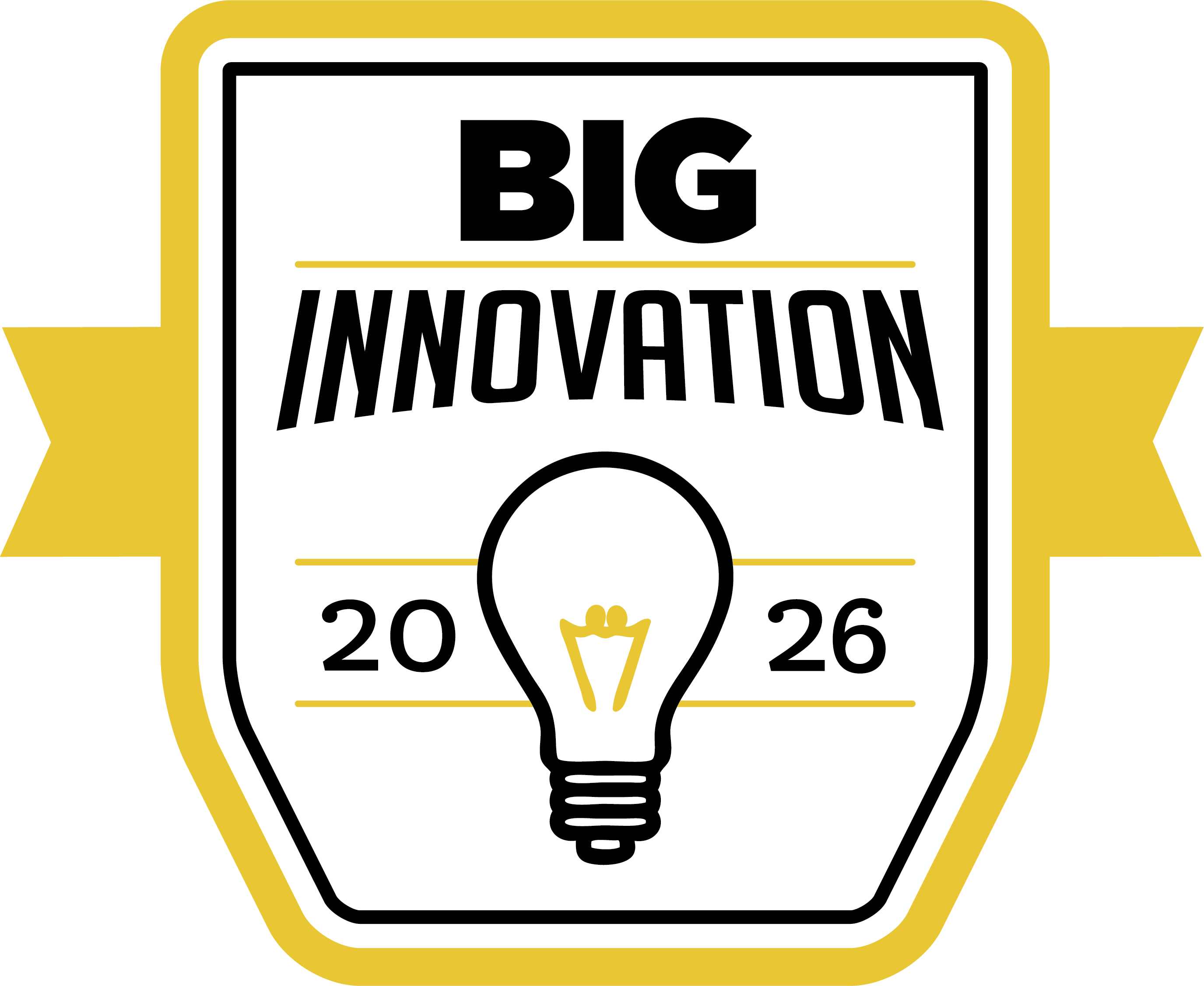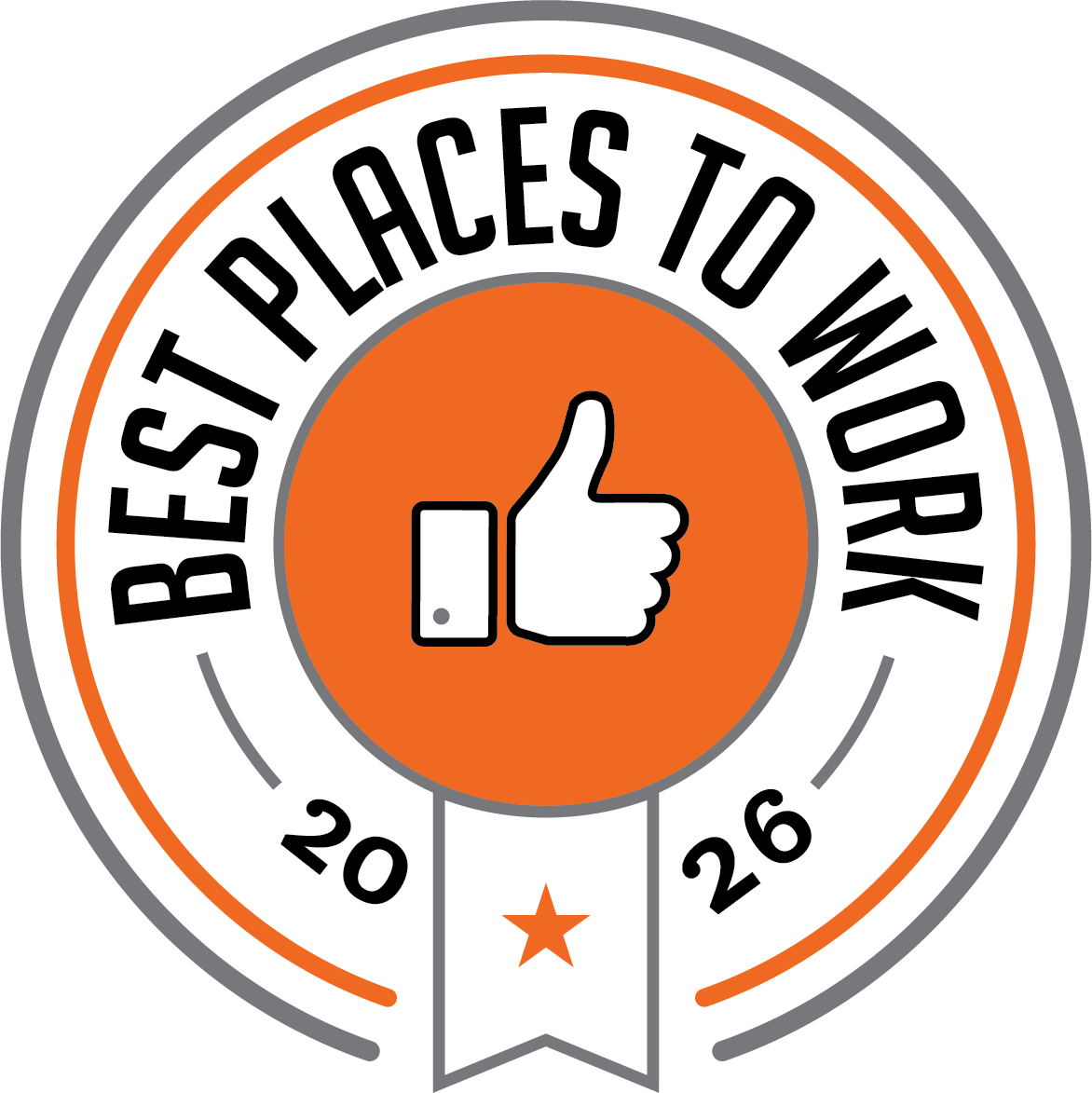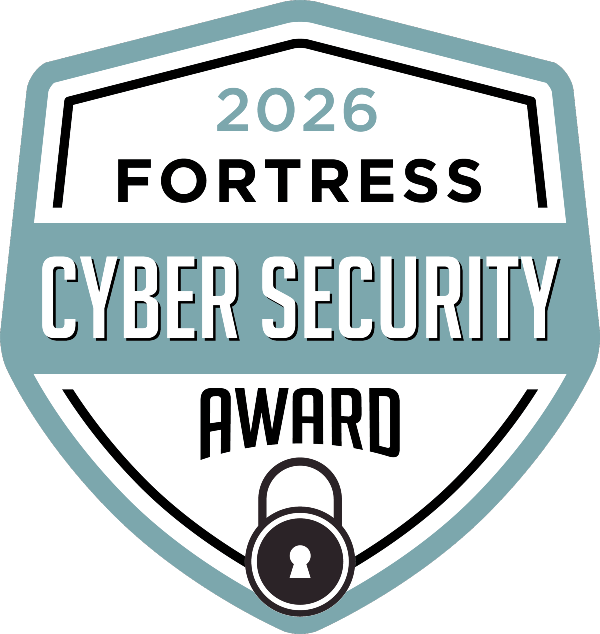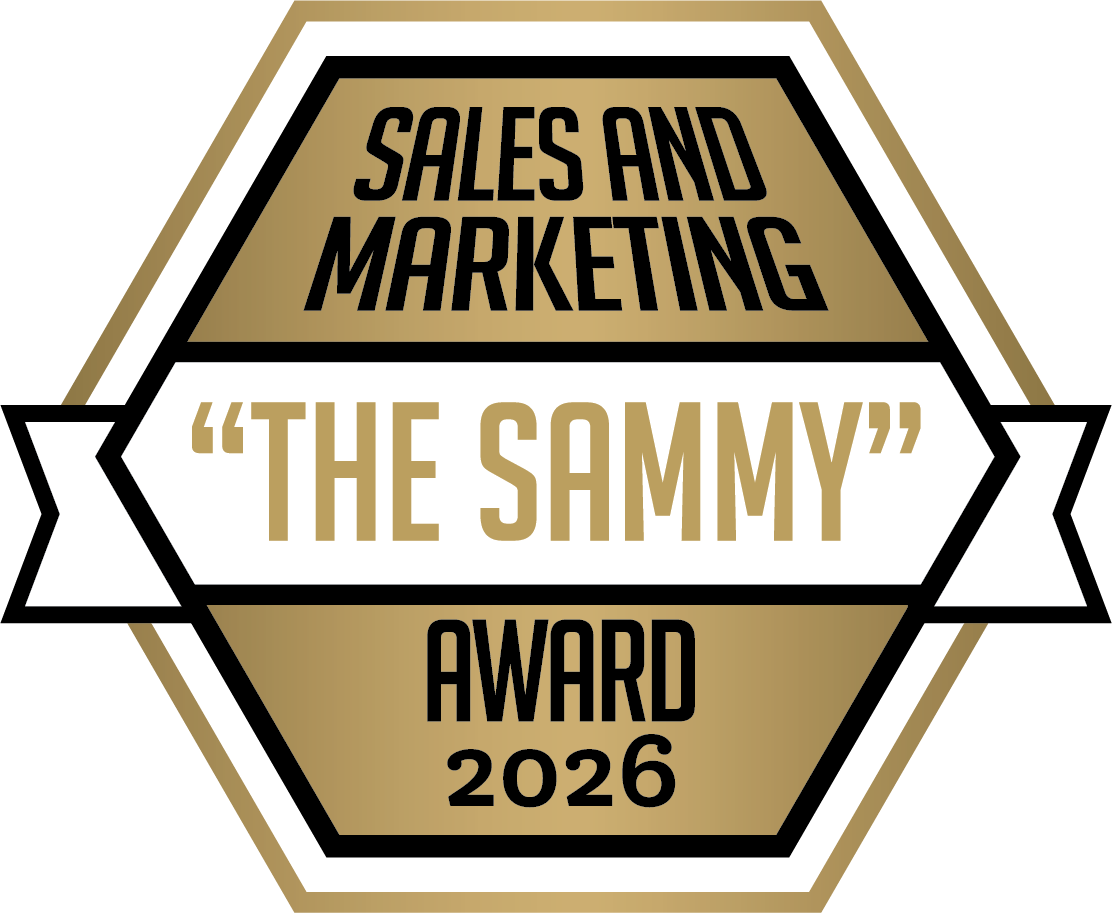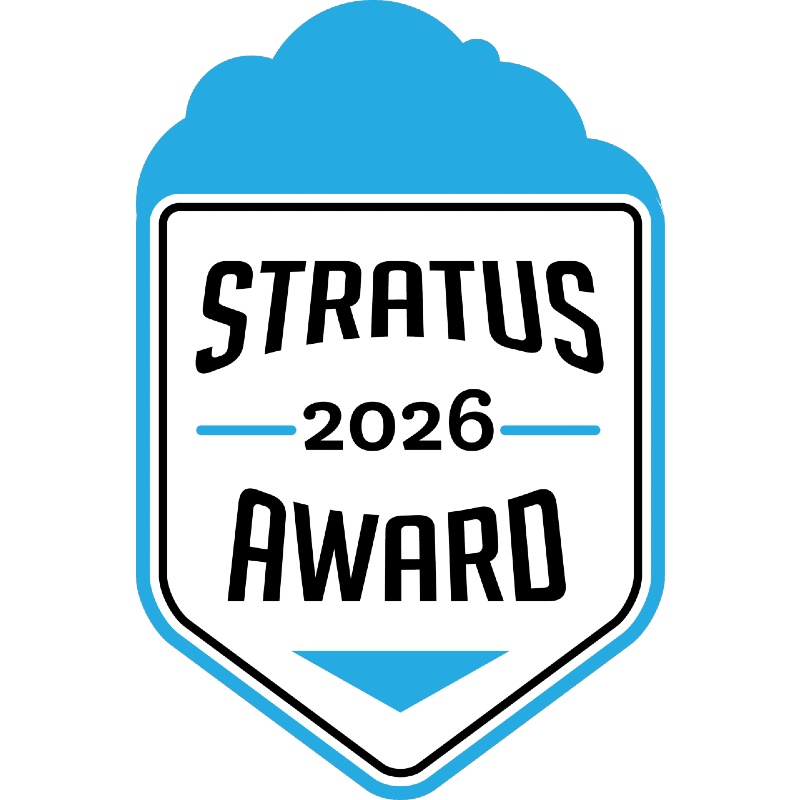
SYNC Interview with Cream.hr Cofounder and CEO Caitlin MacGregor


UPDATE: Since our interview, Cream.hr has rebrabnded as Plum.
When the world went paperless, somehow it didn't stop people from continuing to create resumes that were meant to be printed. And without a real standard, recruiters and managers looking to hire still have to digitally sift through endless reams of files, page after page, down arrow after down arrow, searching for that one special person who is "just right" for the position. Cream.hr looks to change all of that with their science-based filters that comb through resumes for you, looking for that needle in the haystack.
We recently featured Cream.hr as one of the 4 must have tools for a start-ups and we'll talk live with CEO and Co-founder Caitlin MacGregor to get her insights on the marketplace and hear how they are managing the explosive growth from the cloud.
Interview Transcript
Russ: Today we’re with Caitlin MacGregor from Cream.hr and that is a software as a service platform designed to help you hire and recruit talent better. Caitlin, thank you for joining us and welcome to the Big Awards SYNC.
Caitlin: Thank you very much for having me.
Russ: Your Company’s got a very interesting model. Why don’t you tell us a little bit about kind of what you guys are offering and then I’ll ask you kind of about how you founded the company and how you guys started it up.
Caitlin: We help companies hire better quality people in less time for less cost. We’re able to that because we actually assess all the job applicants as they apply online and we can predict which ones are going to be the most productive as well as provide a really important intelligence as to what the applicants’ priorities, strengths and weaknesses are.
Employers are no longer fooled by the contents of a resume and when they actually bring somebody in for an interview they really know who those candidates are-their priorities, strengths, weaknesses and ultimately they’re armed with the critical data necessary to hire the cream of the crop.
Russ: You’ve got some secret sauce in there I’m sure it sounds like the marketing wizards who write resumes often are going to be you know left by the wayside there. Tell us a little bit about the secret sauce and how you guys kind of you know came up with it.
Caitlin: There’s a good decade or two of research in psychology that has been able to identify what top performers have in common and our co-founder is Dr. Jordan B. Peterson-he’s a tenured professor at the University of Toronto in [inaudible 0:01:46] Harbor and so his research has been published in leading scientific journals under peer review and he has developed a fake-proof assessment that can particularly identify top performers that have those traits that are in common with top performers and deliver results that are six times more accurate than resumes and interviews combined.
What we do is focus on measuring those qualities in the applicants and then also because it’s fake-proof we’re able to really ask the candidates to prioritize their strengths and weaknesses-they can’t say that they’re good at everything so it’s ideal for a competitive hiring environment. We’re able to provide the employers with that critical data but basically this is commercializing academic research-proven scientific research and bringing that to the mass market.
Russ: Tell us a little bit about how you guys got started and how you all found each other.
Caitlin: This is my third start-up. I was running a company in Toronto and I was running this entire company at a pretty young age so I started seeing an executive coach who was this professor of psychology, Dr. Peterson and then I moved to the United States to New Hampshire to start up and run an educational software company and Dr. Peterson informed me that if I was to mess up my first hire it would be a loss of $300,000 on our company so he let us use his assessment to assess all 80 applicants that applied for this position and two candidates really stood out for different reasons so we hired both of them.
Joel, he was amazing on paper. He had a Master’s in Education, five year’s work experience, had previously worked at a software company; his scores showed that he was going to be just an average worker though but you know he was just too good on paper so we decided to hire him and then there was another applicant Christine and she scored ten points above everybody else.
She ranked in the top 3% of the workforce in terms of her productivity and so we hired her and within three months we fired Joel-he was sitting around playing fantasy football and clocking out early and only doing 10% of the work, whereas Christine was doing 90% of the work and we kept her and after five months she was running the entire operations of the company.
Within a year and a half I had groomed her to replace me when I went on maternity leave and the punch line is Christine had a BA in Fine Arts and seven years waitressing experience. She actually didn’t even know how to use excel when we hired her and yet you know if we had gone by the resume you know no president in their right mind would have ever short-listed her to interview her let alone put the time in to groom her to run the company.
We could have missed a huge opportunity if it wasn’t for the assessment. We used this for two years to hire the rest of our staff. The next hire was a 17 year-old high school student who saved our company a quarter of a million dollars. Literally he would go on to YouTube and teach himself how to do something in half the time it would take us to get a quote back from an outsourced company.
After using this and seeing all these amazing people we decided that we needed to bring this to mass market so just over a year ago, Christine, myself and my VP we started commercializing this full-time. We’ve been working with customers over the last year who has constantly been validating that. They’re hiring people that are three times more productive than their average worker; constantly finding these diamonds in the rough that they normally wouldn’t have found and that they’re saving a lot of time and a lot of costs and ultimately consistently getting top performers by using our assessment in their recruitment process.
Russ: Out of all those customers do you see any trends among them? Are you finding that small customers, large customers, US, Canadian-otherwise? What do you see and who’s latching on to this?
Caitlin: Early adopters-what’s been interesting is that there’s early adopters in all fields. We have helped hire for mechanical engineers that are planning the daily operations of the Mars Land rover on Planet Mars so robotics companies out of California that are looking for not just mechanical engineers but ones that are incredibly entrepreneurial and very out-of-the-box thinkers and so we were able to identify three in a pool of 180 applicants. All the way to publishing companies that are hiring for analysts and sponsorship positions and editor-in-chief positions.
There seems to be you know we’re also helping chain restaurants hire front of staff and bartenders because they’re looking for a particular personality for that and they want to reduce their turnover to large other software service companies that are growing rapidly; that are doubling and tripling in size and you need to hire 400 people within nine months so we tend to find that the thing that these companies have in common is that they’re absolutely committed to best practices when it comes to hiring.
They’re really interested in using science. One of our companies who are full of engineers say they really like the idea that they can engineer their recruitment process. They can use actual data to improve their outcomes. These are companies that are committed to using big data, committed to using science and committed to using technology and aren’t scared about going away from the status quo.
We still use resumes but only on the short-listed candidates. After you’ve seen a short list of top performers that’s when you check resumes to double check for skill sets. You still bring them in to interview but you’re armed with more intelligence than ever before in that interview process so you have to be committed to moving away from the status quo and adapting into something new. The resistance in the industry is that there’s a lot of conservative behavior when it comes to Human Resources but there are across the field a bunch of industries that are trying to be more competitive by adopting innovations like ours.
Russ: I think it’s interesting that you put a number on it which is its going to cost you; it’s a $300,000 mistake. People don’t often think about that about what are all the costs involved in making a mistake. It’s not only that you’ve paid this person over a period time but it’s also the replacement costs of going out and finding that individual-the replacement as well as any other kind of software costs on your business. Did the doctor study that number before he knew that obviously?
Caitlin: There’s a lot of research. The great thing about academia is that they don’t try to reinvent the wheel at every single step. What they do is they go out and find really credible research and build off of that. The assessment is using the big five personality model which is already really well respected and supported by the community-the psychological community but keeps adding innovative twists in terms of how you get the results.
Same thing with the data on the costs of bad hire; there’s a lot of data out there that shows the cost of bad hire. SHRM which is probably the most respected body when it comes to HR has come out with statistics saying that the one bad hire is the equivalent to 90-200% of that person’s base salary. There’s lots of statistics out there and it’s whether or not you want to do it based on that or if you want to talk about the recruitment costs alone-the latest studies are saying that companies spend on average $3,000 per position.
Then you can get into soft costs-if you’re actually talking about the manager’s time of being in those interviews and then the loss opportunity of any damages they could have done or lose of sales. You have to then go through the recruitment process again. I mean there’s a lot of ways to calculate. Whatever you come up with-it’s really, really big.
One of our return-on-investment calculator will calculate for 50 hires in a year using Cream.hr can save a company $1.1 million dollars so that works out to about $22,000 a week. If a company was to use Cream.hr to help them with their hiring of 50 people for the entire year it would cost $25,000 to use Cream.hr for the entire year; unlimited testing. A company would have the return-on-investment in just a little over a week and that’s a 50 times return-on-investment for the entire year. The costs of bad hires and the time wasting and the loss of competing with competitors is just astronomical.
Russ: Tell us about your business model on about how you guys have grown. You’ve got this per hire model right?
Caitlin: Basically psycho-metric testing over the last 20 years has been used on a per test basis and typically at the very end of the hiring process. Often they’ll use it on high level managers, they’ll spend the time going through all the resumes, even maybe do a round or two of interviews and then they would test maybe three candidates and those tests can be very, very costly.
What we’ve done is taken that same level of research but made it so that it’s fake-proof so that lots of applicants take it and we’ve moved it to the beginning of the hiring process. As an applicant applies online they’re actually taking the assessment and employers are seeing the data before they even read a resume. The more people that take the test the more likely they are to find some top performers with the skill sets and the strengths and weaknesses that you’re looking for. We want to encourage as many people taking the assessment as possible so we needed a pricing model that wasn’t per test basis to encourage best practices. The outcome-what the employers benefiting from is that hire. We moved to an unlimited testing, you pay per hire-it ends up being about $500 per hire but it drops based on volume. If a company is hiring 100 people actually works out to be more about $400 per hire.
We create an annual license so sometimes people will start with a few hires at the beginning. Ideally because they’re such a small investment, committing to an annual contract when they pay monthly seems to be what’s working best for our clients.
Russ: Very interesting, what are some of the lessons you’ve learned kind of going into this? What are some of the mistakes and kind of early steps that you took to kind of correct yourself? It sounds like there’s got to be a few things in kind of the initial launch of this where you were like oh I didn’t expect that. What sort of issues did you guys run into and how did you solve them?
Caitlin: I think that the thing that surprised us the most because we were our own customers for two years because we used it ourselves and we used it with a lot of other clients that had consistently given the same feedback that yes the science is accurate that this is actually providing them with better quality hires. I think what surprised us was how difficult it was to get more clients onboard and HR is a very, very conservative mind space and brining something in to the market that disrupts the status quo-the resistance to it and the fear of adopting something new and realizing that even with medium-sized companies it’s a complex sales cycle so you have to get the buy in from HR but they often don’t have the decision making power or the budgets. They’re not necessarily willing to put their neck out there for something they feel is unproven.
The social proof component of making sure that we had the resources available to show look our customers really do believe in this and I want you to hear from them directly so we’ve made sure that we have just under a dozen testimonial videos from our clients talking about the real savings and the real benefits that they’ve received through this. That’s realizing that we needed to put that front and center and so those materials are being launched in the next week on our new website that will be launching.
Really making sure that our customers, our current customers are speaking to our future customers. Realizing that there’s a lot of misinformation out there; a lot of people don’t recognize how ineffective resumes are that whether or not you went to Harvard or you went to the University of Waterloo-it’s not going to tell you if somebody’s going to be more productive than the other. If somebody worked for a competing company that doesn’t mean that they’re actually going to be successful for you. If somebody was great in Sales that doesn’t necessarily mean they’re going to be a good Sales Manager so the information on a resume is incredibly ineffective and so having to educate people and change their minds that the materials that they’re using to base their decisions are flawed, I didn’t expect as much resistance in the market and as much fear of science and fear of innovation that we’ve experienced and so just understanding that we have to really try to-instead of disrupt the market but speak to what people already know and try to show how we fit that seamlessly into their existing process and also making sure that when we do talk to companies we get to a Senior level of decision maker as possible.
Sometimes that’s not even HR, sometimes that’s a Chief Operating Officer, sometimes that’s directly a CEO, sometimes that’s even a CFO and realizing that they often don’t want to start the conversation if they think it’s HR so it’s more a bit of marketing. The biggest lesson we’ve learned is that it’s not the product we have to focus on because it works–it’s the marketing and figuring out that code of how do we crack through and get people to listen and be like I need to have this and understand how valuable it is.
Russ: In a lot of spaces you’re talking about that kind of consultative sale and going up into the upper chains of management to kind of get that executive sponsorship and get pushed down into the HR team so that they’re using it. Are you going after that in a direct sales model or strictly through marketing or with partners? How are you looking to get into that kind of C suite?
Caitlin: There’s been-we’ve kind of been trying a lot of different things. One we do direct sales, two we have a big inbound marketing contact creation push so our blog is syndicated by Business Insider. About once a week-sometimes twice a week so that brings us quite a bit of readership and traffic. We’ve been trying to do the inbound marketing, social media and things like that. We’ve also been doing the direct sales.
A lot of businesses come in through referrals, but then we also started to engage with some partnerships of other software in the HR space as complimentary as well as resellers. Recruiting firms-some recruiting firms don’t want to use this unless it’s coming directly from their clients. Other recruiting firms are recognizing that we can save them time and increase the quality of the people that they’re delivering.
We’re talking about kind of a reseller model through that and then there’s very large companies that already service the enterprise clients and so building our technology into their suite of offerings is something that we’ll be focusing on over the summer is building into an existing suite of products being offered through a company that already deals with the fortune 2000.
Russ: You’re obviously a busy CEO and my guess is your productivity levels are pretty high-in the hour that you get off a week or a month, what are you doing for fun and how do you kind of wind down?
Caitlin: We’re starting our family-so first of all my husband is my co-founder. We already worked together three years before starting this company and we function better working together so we can cheat a little bit in that we see each other all the time but when we started this company I had just given birth to our now two year-old.
When we started working full-time on this our son was seven months old and he just turned two 2 weeks ago so when we’re not working it’s about trying to give some family time to our two year-old and now he’s just hit the terrible twos so realizing that it’s going to take even more time and attention but we’re really lucky that we’ve had the support of our families so he hasn’t had to suffer too much.
If he doesn’t see us as much as I’d like he at least is surrounded by a great support system. That’s pretty much what we do when we have some down time. If he’s asleep, I love TV and movies. There’s something about the alternative reality of being able to escape into cinema and theater and movies and things like that so that’s my personal and we’re also big foodies. We love going out and trying new food or cooking new food at home. On a personal level I think that’s how we recharge and then on a family level it’s about making sure that we’re doing things on the weekend with our son and that he’s getting the interaction with us and the community.
Russ: That’s great; I really appreciate your time Caitlin. This has been Caitlin MacGregor from Cream.hr. You should definitely go out and check out their offering-it’s Cream, C-r-e-a-m.hr-sounds like an interesting tool, sounds like the ROI is there, it’s definitely something that could help our business audience recruit better, get the right people on your bus and make you go faster. Caitlin thank-you very much for joining us and I really appreciate your time.
Caitlin: Thank-you very much. It was great talking to you.
